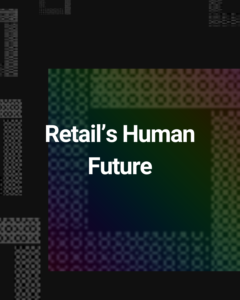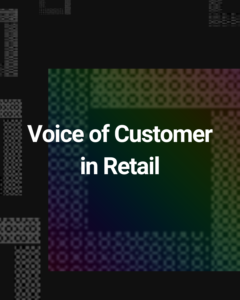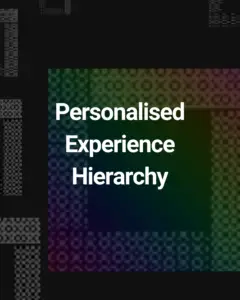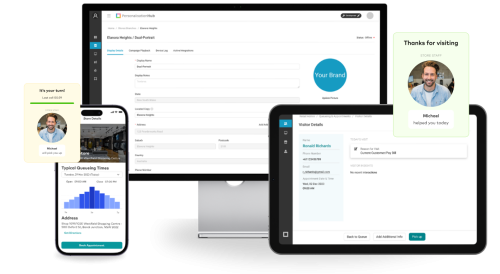In 2012, I started working on A/B Testing & CRO within the banking sector (specifically focused on home loan conversions)
A/B Test Tools had basic targeting capability built-in. If you wanted anything more advanced, required custom integrations.
At the same time, we were replatforming the bank to Adobe Experience Manager (AEM). A Content Management System (CMS) used by a significant number of major organisations today.
Backstory on AEM
→ In 2010, Adobe bought Communique (CQ) from a company called Day Software.
→ CQ was rebranded to AEM.
→ What people are unaware of, is that CQ/AEM has native (FREE) targeting/personalisation capabilities built into it (called ContextHub).
→ ContextHub is still used by a number of major organisations today. Adobe has a dedicated team (in Basel, Switzerland) that maintains this feature.
→ Adobe does not promote ContextHub, as they have a wide range of standalone personalisation platforms (Target, Campaign, Journey Optimiser, etc) that they would prefer clients paid for.
My consultancy (Offline2Online), worked with clients to do custom integrations into AEM ContextHub (& other digital platforms). Initially these integrations started off basic, however they became increasingly complex as the personalisation use cases evolved.
The initial objective for Personalisation Hub was to allow clients to easily maintain a personalisation data-layer within a client’ digital touch-points. This would allow clients to build personalised experiences (e.g. web pages) in real-time.
This data-layer would manage the (real-time) personalisation profile & caching strategy, for example:
→ static customer/audience data (e.g. gender)
→ dynamic customer data (e.g. product holdings)
→ real-time data (e.g. interactions)
→ aggregate modeling/propensity data (e.g. purchase intent)
→ auto classify large data-sets (e.g. matching call record interaction to self care categories)
Another objective was to allow enterprise clients to easily leverage their existing customer/decisioning data (Pega, Salesforce, Google Analytics/Bigquery, etc), within AEM.
Within AEM, clients can then personalise any web-page in real-time. Existing web page elements (components) can simply be targeted based on available (connected) personalisation data.
Also, Personas can be created/managed that (while authoring) allows AEM producers to see the version of the webpage that will be shown to that Persona (across a client’s entire website).
From a consulting business perspective, Personalisation Hub would ensure that Offline2Online (O2O) could deliver value to clients much faster than competitors. We could take ownership & control over what we committed to, without dependencies on a clients’ internal IT team.
Below is the partnership model that we defined:
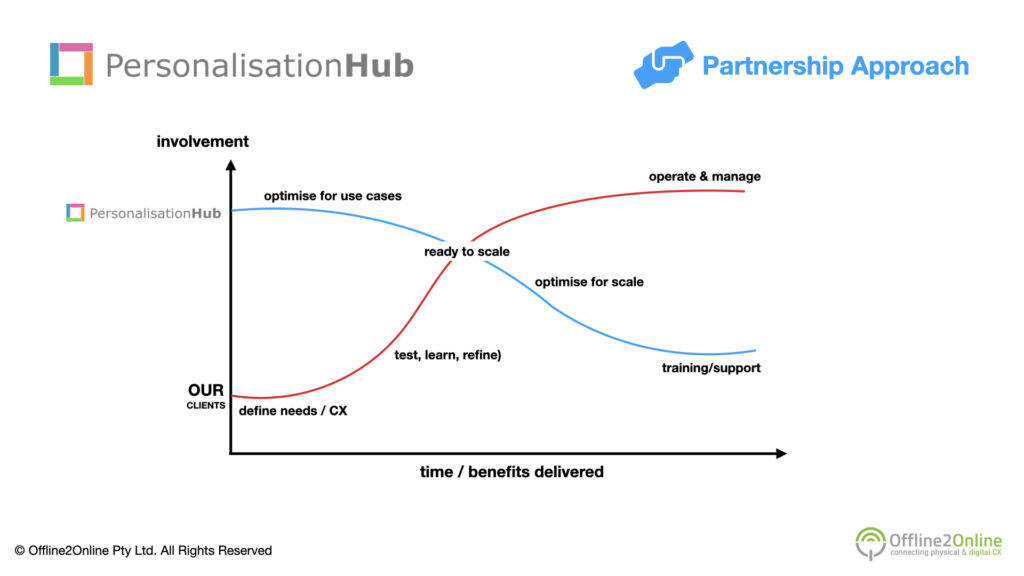
We would set up a team that worked with clients to identify use cases delivering the most value & then ensure that these use cases could be supported across a client’s digital touch-points (at scale).


